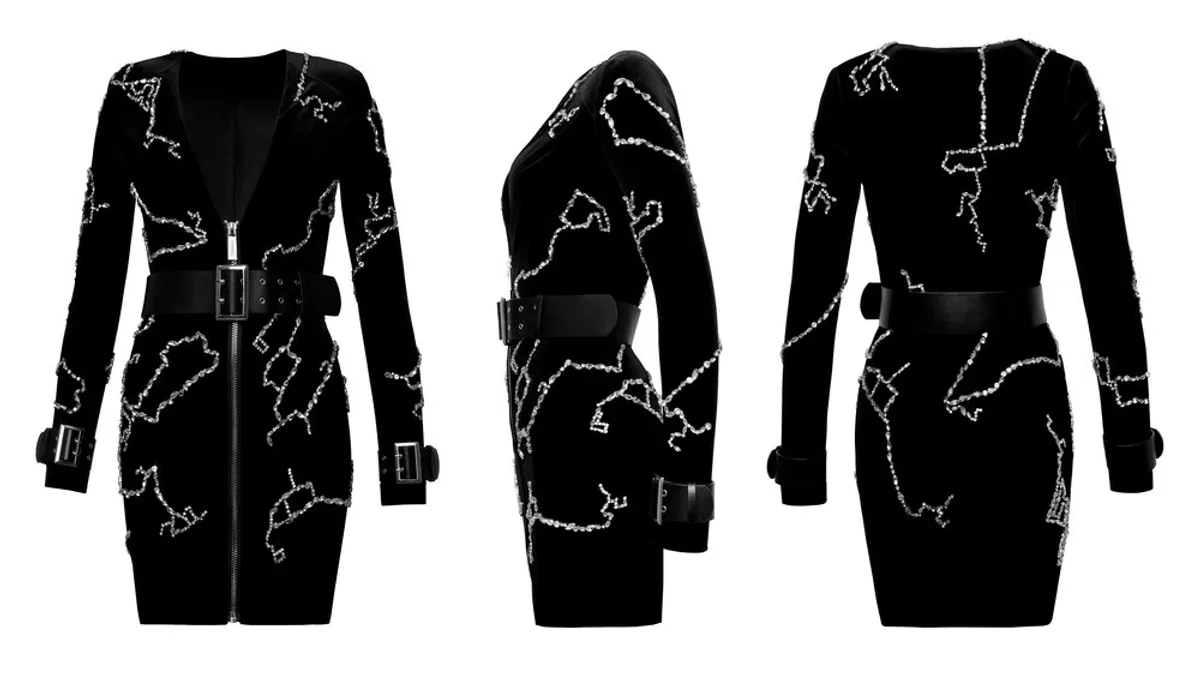Dive Brief:
-
Google has collaborated with retailer H&M Group’s digital fashion house Ivyrevel to create a new smartphone app that uses contextual data from shoppers to help them design dresses for themselves.
-
The Android app, which remains in beta for now, leverages Google’s Awareness API and Snapshot API to discover and collect information during one week in a consumer’s life, including restaurants where the user eats, locations they travel to and other lifestyle insight. The app then uses that information to come up with a dress design inspired by their activities and habits. Consumers are also able to purchase the dress within the app.
-
Stockholm-based Ivyrevel said in a WWD story it aimed to produce “the world’s first data dress” and that “by bringing the customer’s personality into the design process through data technology,” it can help bring about a massive change in the fashion industry.
Dive Insight:
Ivyrevel has a program called Coded Couture, dedicated to the idea that a consumer’s personality can directly influence fashion design if designers have enough data to work with. That might have sounded like a pretty spacey idea a few years ago, but in the current era of artificial intelligence-based product recommendation engines and data analytics fueling so much of what retailers are up to, it seems like a little bit more of a natural step.
To be honest, it still seems a bit of a stretch to suggest that mapping movements of a consumer gives you a true window into that person’s personality. Lifestyle choices such as which restaurants and bars people go to, what stores they shop at, and what cities or parts of cities they visit certainly provide some useful and suggestive details about what kind of clothing they are likely to like, which for the parties involved in this app is all that really matters.
The success of the app definitely will be an important proof point for Ivyrevel and H&M, which we can probably assume will start expanding use of the app if it pans out. And while it’s debatable how much personality really plays a factor in this app, it actually could help a retailer further its goals to offer customers more personalized experiences. A “data dress” shopper can have the feeling that a dress is being designed with their tastes or shopping patterns in mind, and they still get to make some choice in the design, such as choosing the style of the dress.
For Google, this is an interesting retail use of its APIs. The Awareness API was announced last year, and while not associated with any particular app at that time, Google seemed to position its ability react to location and user activity, and to work with devices such as smartphones or smart home sensors as one component in future applications. This app could be a gateway for Awareness and Snapshot to be used elsewhere in retail and other sectors.













